
125 years of history
明治
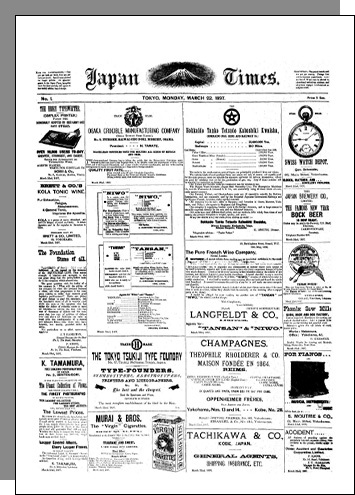
The first issue of The Japan Times was published on March 22, 1897. The leading founders were President Sueji Yamada and Editor-in-Chief Motosada Zumoto, a former executive secretary to Prime Minister Hirobumi Ito.
One day, Zumoto visited Yamada, his teacher, and asked him to establish an English-language newspaper company. Zumoto had observed newspaper companies abroad as a member of a delegation led by Ito. His mentor, Motosada Fukuzawa, offered Yamada his support and encouraged him to pursue the project. He left the school in 1897 and poured his retirement pay into establishing The Japan Times.
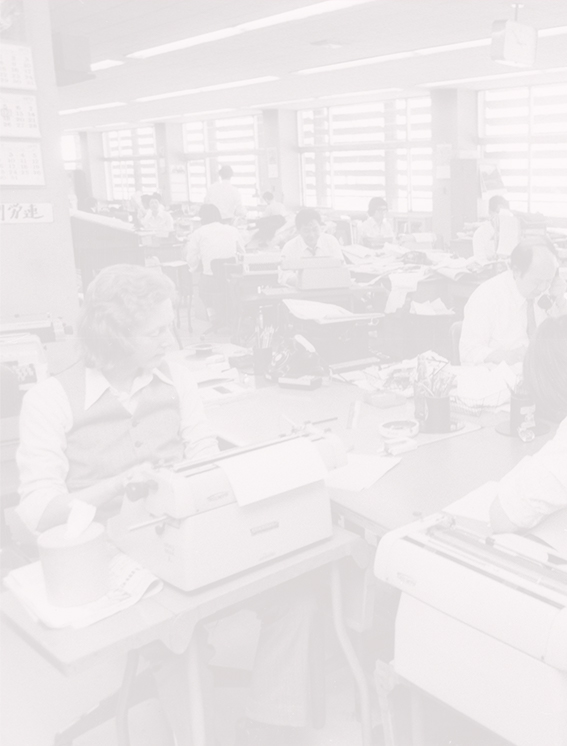
大正
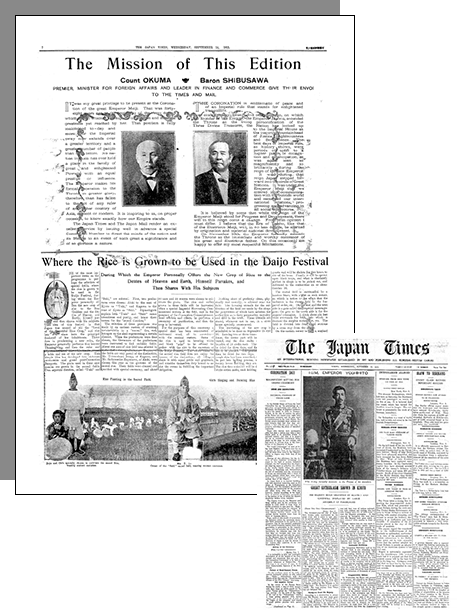
The Japan Times aimed to become a “bridge between the Japanese and the foreign community.” In this era, newspapers worked for the furthering of good relations with foreign countries. This mission to deepen mutual understanding between Japan and other countries continues.
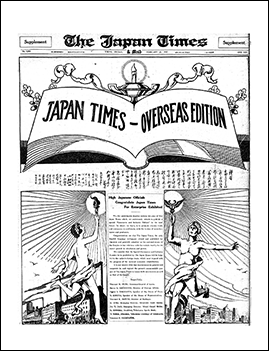
Overseas trade edition, Feb. 25, 1927
This special supplement was created to show how Japanese industries and trade had recovered from the Great Kanto Earthquake of 1923. There was also a prospectus relating to the publication of this supplement and a recommendation letter, written in ink with a brush, by influential politicians and businesspeople.
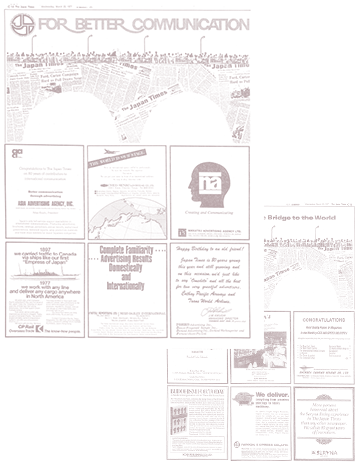
昭和
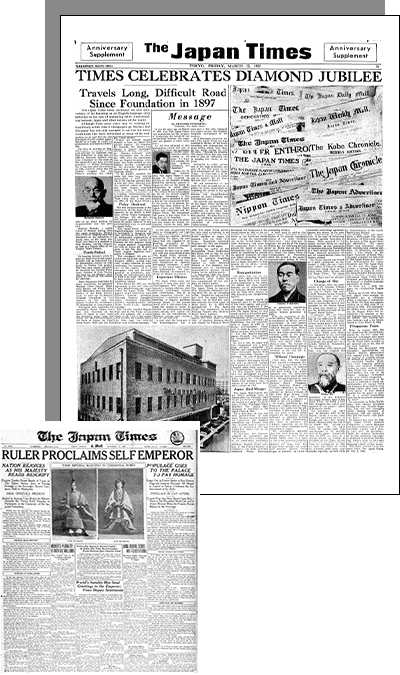
When World War II ended, many English-speaking soldiers arrived in Japan as part of the Allied Occupation, boosting the influence of The Nippon Times, as the paper was then called, among the public. The supreme commander, Gen. Douglas MacArthur, read the paper every day.
Japan regained sovereignty in 1952, and four years later the newspaper changed its name back to The Japan Times. Reflecting Japan’s official return to the international community, the paper provided substantial coverage of major news events overseas.
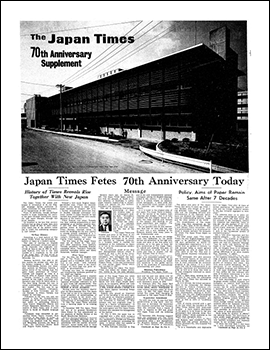
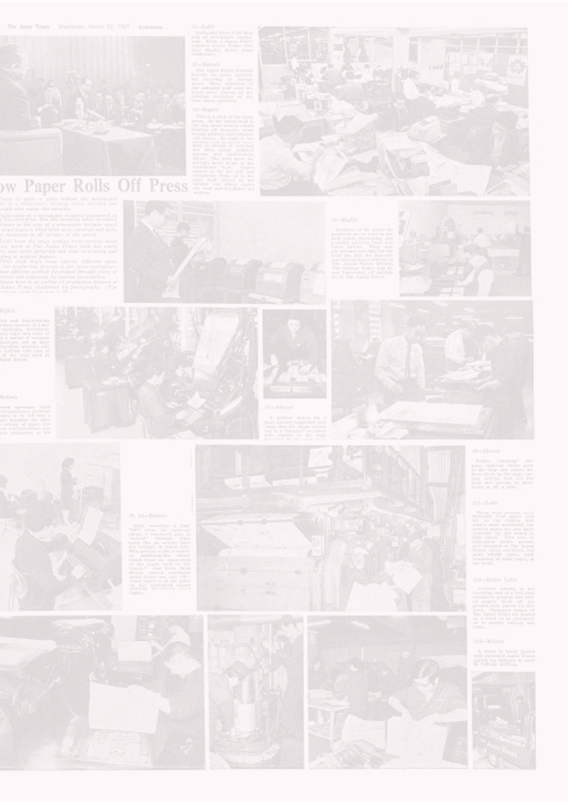
平成
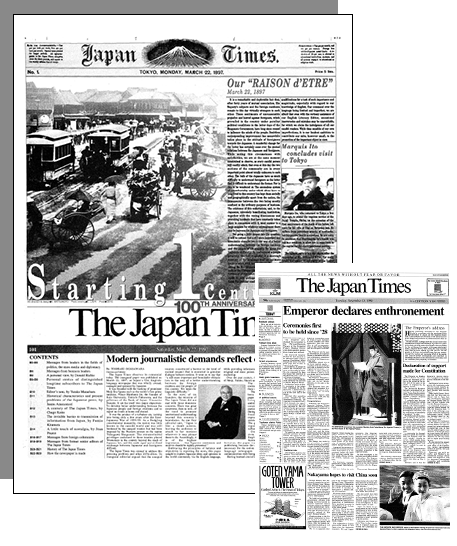
The Japan Times over its history has reported many huge earthquakes in Japan.
After the Great East Japan Earthquake in 2011, we reported about the quake-hit areas to the world in English not only in print but also through the newspaper’s website and on Twitter. It was significant that the newspaper could report in English the real voices and plights of the people in the disaster-hit areas.
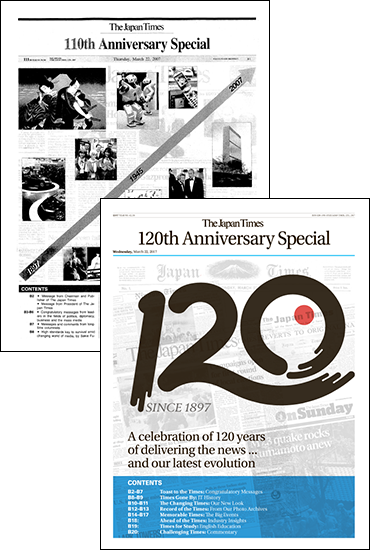
The rapid growth in the number of overseas tourists visiting Japan in recent years and of cross-border human interactions have increased the demand for accurate information about Japan. In October 2013, The Japan Times began an alliance with The New York Times, providing the best English-language journalism in Japan.
令和
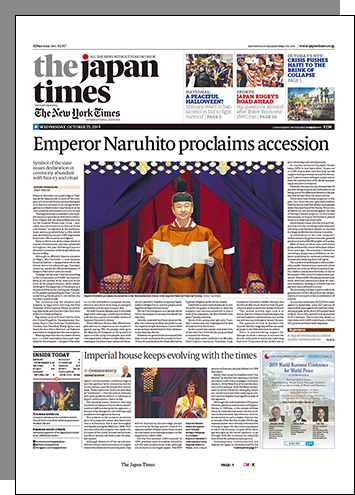
From the very beginning, the mission of The Japan Times was to “be a bridge between the Japanese and the foreign community” and to “accurately convey Japan to overseas countries.”
Today, 125 years later, our mission remains unchanged.
The Japan Times will continue to take on challenges as the one and only news source that delivers the present voices of Japan and Asia to the world.

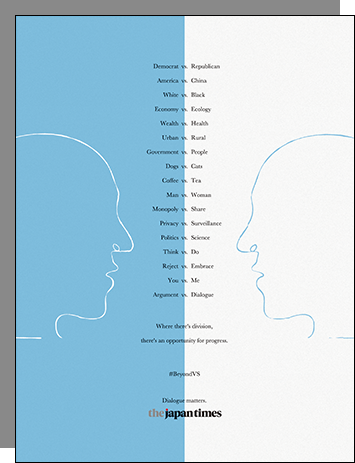
In an era of unprecedented division,
it’s difficult to see beyond our differences.
Reaching out for dialogue.
Embracing diverse perspectives.
Providing context to better understand our complicated world.
As the premier English-language newspaper in one of Asia’s largest democracies,
we are committed to independence, journalistic integrity
and an unwavering loyalty to the truth.
We are The Japan Times.
